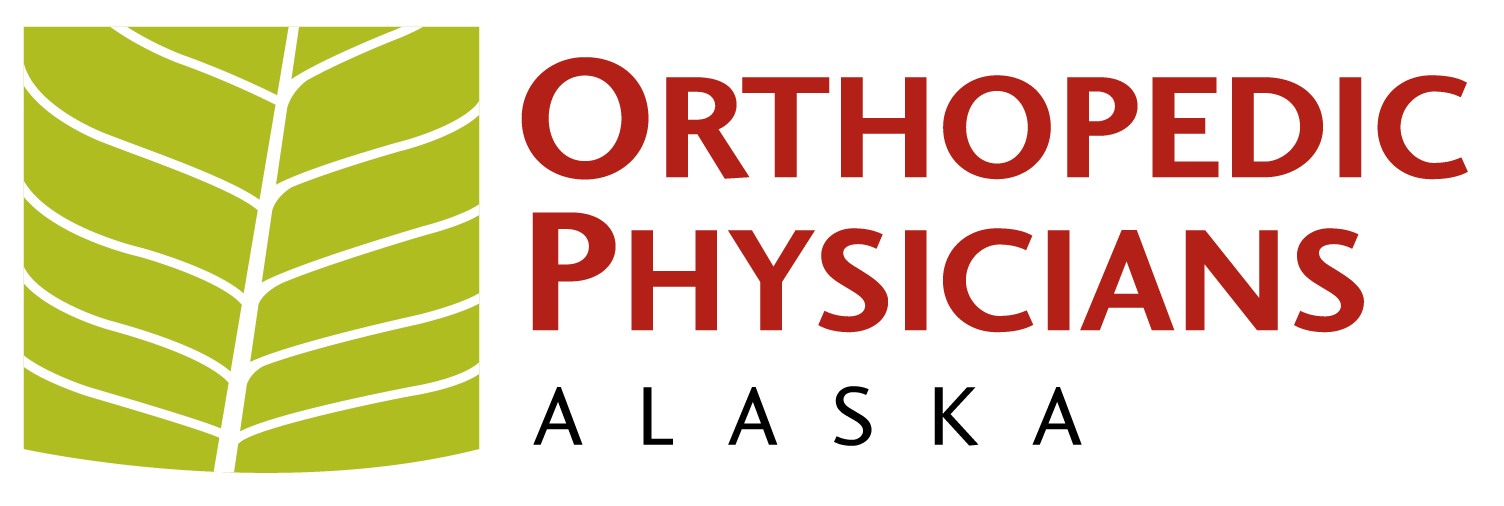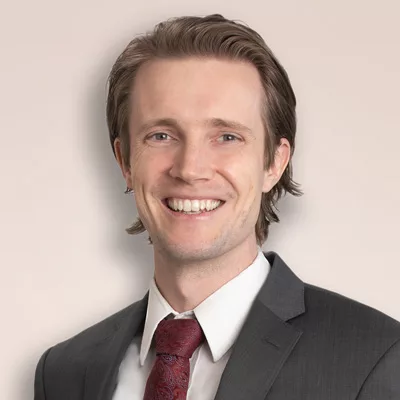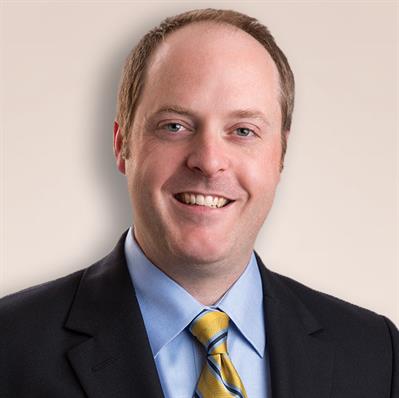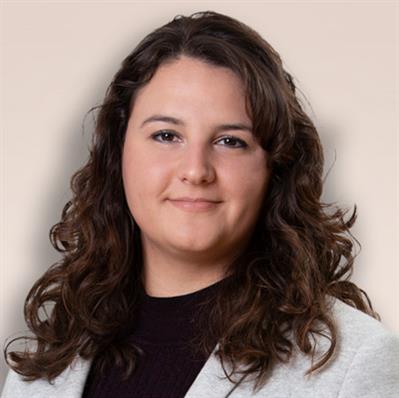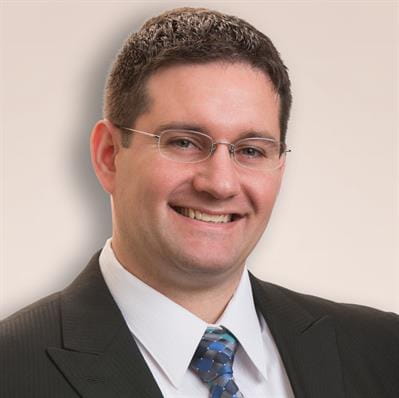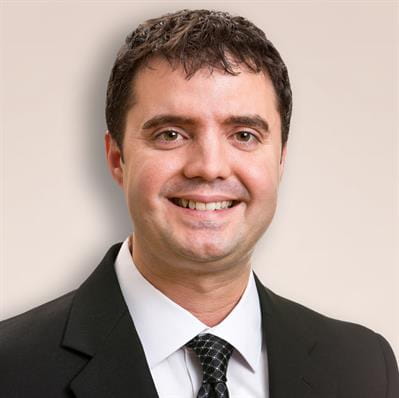Shoulder Instability
OPA treats a wide variety of shoulder conditions and offers comprehensive treatment options — including many non-surgical solutions.
What is Shoulder Instability?
The humerus (arm bone), the glenoid cavity of the scapula (shoulder blade), and clavicle (collarbone) are the bones that make up the shoulder joint. Important structures that stabilize the joint are:
- Ligaments connect bones to bones.
- Tendons connect muscles to bones.
- The glenoid labrum helps the humerus fit perfectly in the glenoid cavity.
An injury to any of these important structures can cause shoulder instability. Common injuries are rotator cuff, glenoid labrum partial and complete tears.
Common Causes:
-
- A direct trauma.
- A fall onto an outstretched arm, resulting in a dislocation.
- Existing injuries that tear or stretch the ligaments in the shoulder.
Symptoms of Shoulder Tendonitis include:
-
- A clicking or popping feeling when you move the joint
- Pain, weakness or numbness during activities that necessitate raising your arm
- Repeated subluxations (partial dislocations where the joint slips partially, but not completely, out of place)
- Tenderness to the touch
Orthopedic Physicians Alaska (OPA) team of shoulder specialists take a step-by-step approach to determine the cause of shoulder instability. Key diagnostic steps include:
-
- A medical history and symptom review
- A physical examination
- Medical imaging studies (multiple view x-rays and an MRI)
Once an official diagnosis is made, a customized treatment plan is prescribed. Treatment plans decrease symptoms as quickly as possible.
Common Treatments:
A combination of treatment options is usually prescribed to maximize symptom relief and improve shoulder function.
Nonsurgical treatment options treat shoulder instability that is not caused by partial or complete shoulder dislocations.
Surgical Treatments:
Labrum Repair
Rotator Cuff Repair
Schedule Appointment with Our Shoulder Team
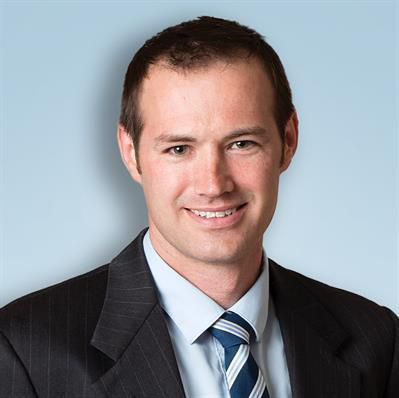
Shoulder
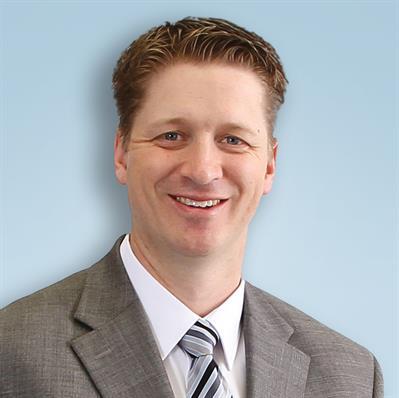
Sports Medicine
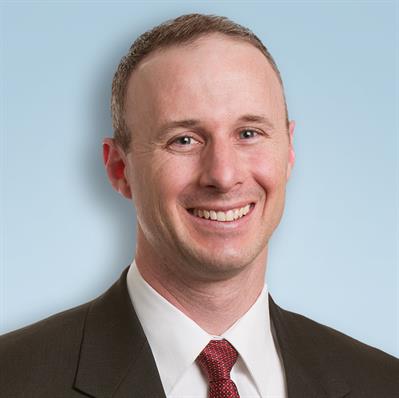
Joint Replacement
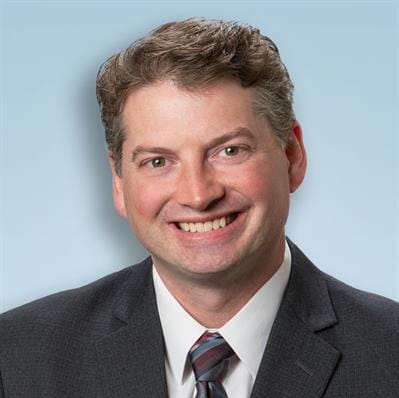
Sports Medicine
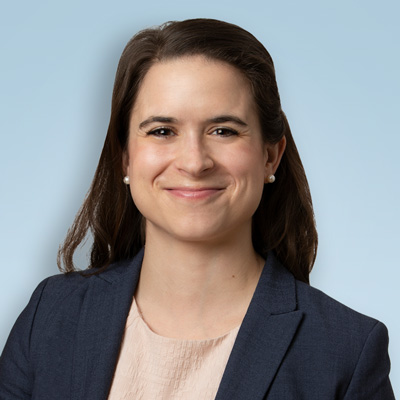
Shoulder
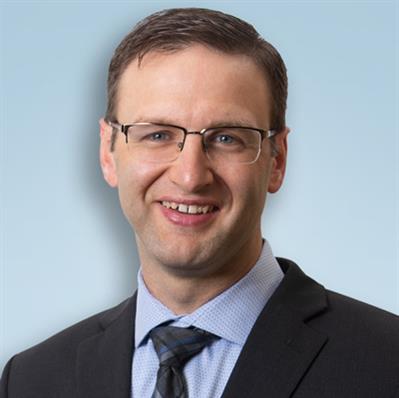
Shoulder
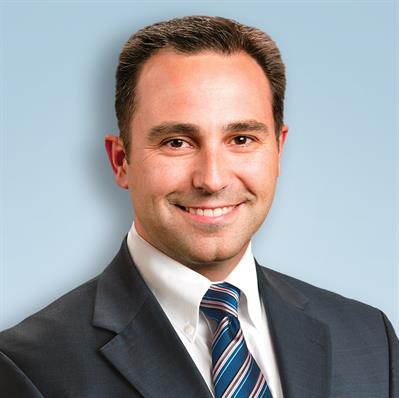
Sports Medicine
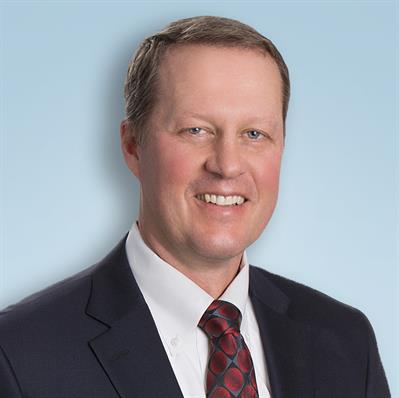
Joint Replacement
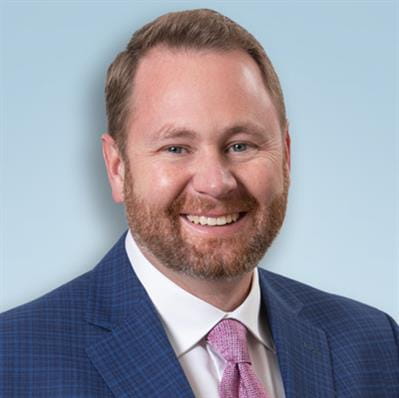
Joint Replacement
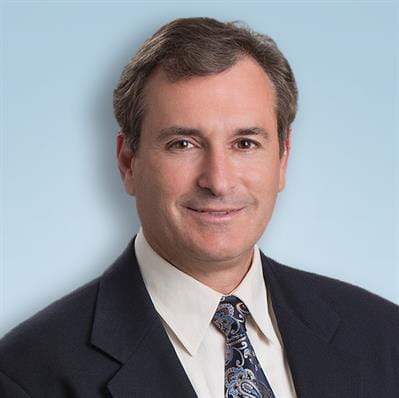
Joint Replacement
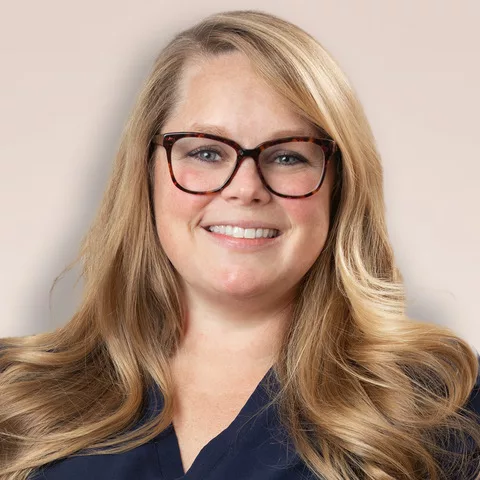
Shoulder
Questions?
The OPA team includes Alaska’s leading specialists and offers some of the latest, most advanced treatment procedures available today.
OPA treats a wide variety of conditions and offers comprehensive treatment options — including many non-surgical solutions, minimally invasive arthroscopies (repairs) and total joint replacement.
